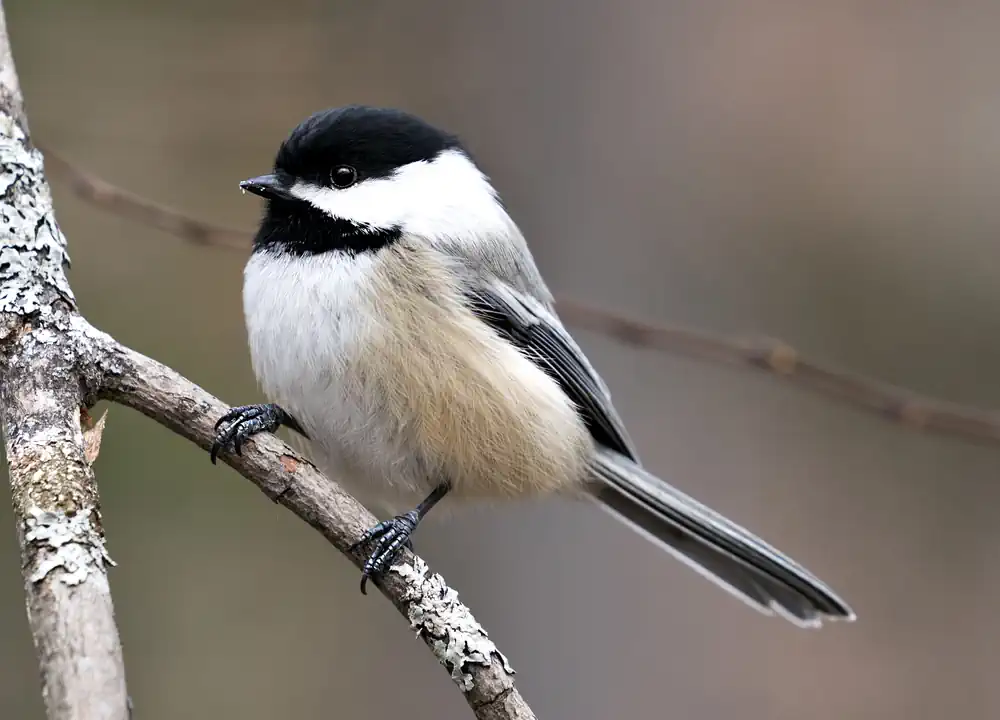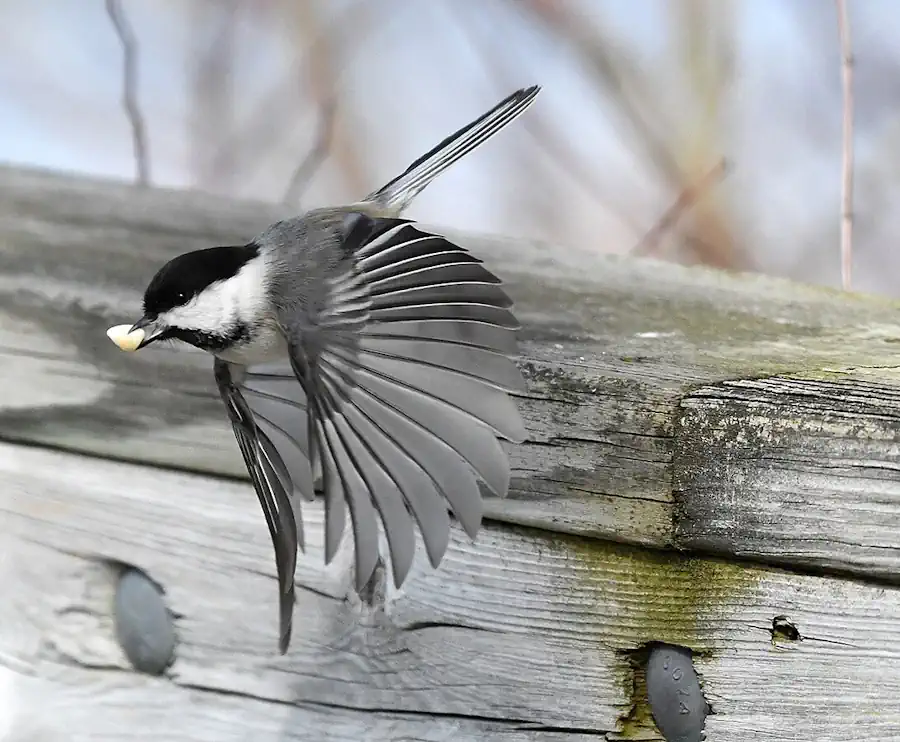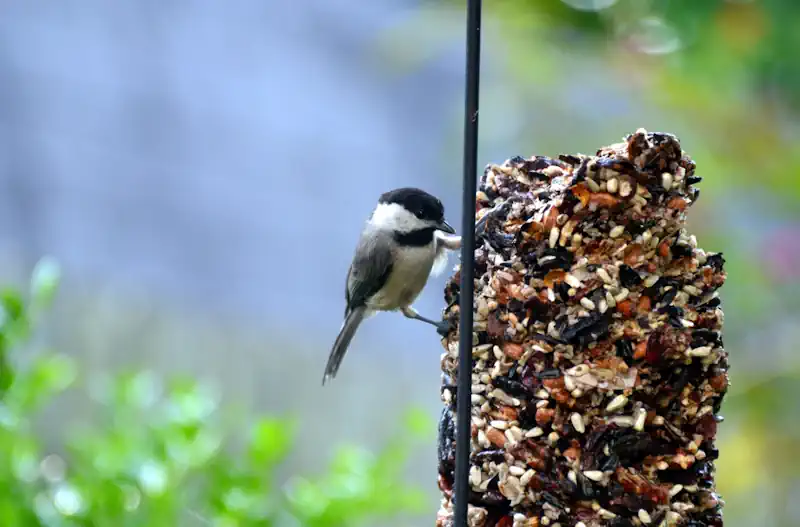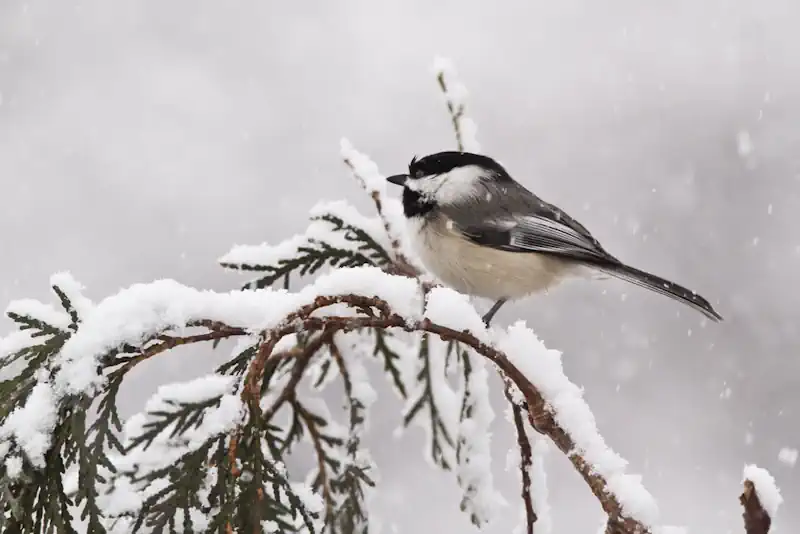How is it that some birds manage to survive the cold, harsh months of winter when other animals struggle? Winter can be challenging, with its frigid temperatures, scarcity of food, and often relentless winds. Yet, the Black-capped Chickadee, a small bird with a vibrant personality, not only endures but thrives in these conditions. What makes this little bird a winter survivor among its bird counterparts?

Understanding Bird Breeds and Their Winter Habits
Birds, much like humans, have adapted to their environments in various ways depending on what suits their species best. Some, like the snowbird (not a real bird but a metaphor for individuals who migrate to warmer areas during winter), relocate to avoid the cold. Others, like our Black-capped Chickadee, develop fascinating adaptations and behaviors to withstand the lower temperatures.
The Basics of Bird Migration
While many bird breeds opt for migration as a survival strategy, heading south to warmer climates, the Black-capped Chickadee stays put when the snow begins to fall. This choice often results in wondering how they survive the same harsh climate from which other species flee. Generally, migration is energetically costly, and not every bird is built for the long flights required to escape winter weather. Chickadees have developed other strategies to stay warm and well-fed during the cold months.
Meet the Black-capped Chickadee
The Black-capped Chickadee is a small bird, usually weighing less than half an ounce and measuring about five to six inches. Despite its diminutive size, it sports an engaging and bold personality. Its distinctive black cap and bib, with white cheeks and a soft gray body, make it recognizable at bird feeders across its home range in North America.
Natural Habitat
This charming bird is native to North America and can be found in a variety of habitats, including deciduous and mixed forests, open woods, parks, and even backyards. It spans a range that covers much of Canada and then extends into the northern United States. These birds are considered residents of their areas, meaning they do not migrate. Understanding their habitat is crucial since it provides insight into the resources they rely on for survival.
Adaptations for Winter Survival
The Black-capped Chickadee has its own unique set of survival techniques that allow it to cope with winter. What makes these small creatures so adept at enduring the cold months? Let’s take a closer look at some of their remarkable adaptations.
Metabolism and Energy Management
One key adaptation is their ability to regulate their body temperature. Chickadees can enter a state called torpor, a sort of nightly hibernation where they lower their body temperature significantly to conserve energy. During the day, they warm up by shivering, which helps them maintain body heat in freezing conditions, even when temperatures plummet well below zero.
Food Storage Strategies
Food is scarce in winter, so these birds have developed strategies to ensure they have sufficient sustenance. The Black-capped Chickadee is known for its impressive memory, capable of remembering thousands of different cache locations where it stores seeds and other food items collected during the warmer months. This caching behavior is not only about remembering where the food is buried but also helps them through winter by ensuring they don’t face starvation when food is not readily available.

Behavioral Adaptations
Social complexity also plays a part in their winter endurance strategy. Chickadees form small, mixed-species flocks during winter for feeding and protection from predators. These flocks can include other species like nuthatches and woodpeckers. By foraging together, they improve their chances of finding buried food, and the group serves as a larger crowd to watch for dangers such as hawks or owls.
The Importance of Vocalizations
Have you ever heard the distinctive call of a Black-capped Chickadee on a snowy day? These vocalizations aren’t just a simple call; they play a critical part in survival. These sounds can organize flock movements, signal alarm, and even coordinate food caching strategies during winter.
Communication and Alarm Calls
The ubiquitous “chick-a-dee-dee” call is more than just background noise. It serves multiple purposes, with variations indicating everything from a simple hello to an alert about a nearby predator. The number of “dees” at the end of the call often signals the level of threat, enabling a quick, coordinated response among their group.
The Role of Human Interaction
Humans inadvertently play a role in the survival strategies of the Black-capped Chickadee. Feeding stations in backyards become a reliable source of nourishment during winter months. While these birds are skilled at surviving on their own, bird feeders can provide a much-needed supplement to their caches.
Benefits and Potential Drawbacks
Providing food in your backyard can help chickadees conserve energy by reducing the need to search for food extensively. However, it’s crucial to maintain a clean feeding area to prevent the spread of diseases that can occur in areas where birds congregate.
Further, it’s valuable for anyone with a bird feeder to understand that reliance on feeders means there may be times when food is scarce or a feeder is empty, potentially putting chickadees at risk if they hadn’t stored enough food.
The Study of Black-capped Chickadees and Their Survival Skills
Researching birds like the Black-capped Chickadee provides valuable insights into avian behavior and adaptation. These lessons sometimes translate into broader ecological understanding or even human applications.

Ecological Lessons
By examining how chickadees handle their ecological niches, scientists gather data that aids in understanding broader environmental patterns or climate change impacts. For example, studying how these birds cope with temperature shifts can give insight into resilience strategies which might apply to other species.
Broader Implications
Even beyond ecology, learning from the Black-capped Chickadee can inspire technological advances. Concepts such as energy storage, efficient insulation, and adaptive strategies draw parallels with scientific and engineering challenges, from designing better materials to more energy-efficient systems.
Encouraging Black-capped Chickadees in Your Area
If you’ve become enamored with the thought of supporting these courageous little birds, there are steps you can take to encourage them to visit your yard or garden.
Feeding Tips
To attract chickadees, provide feeders stocked with black oil sunflower seeds, which they favor. Secure these in a sheltered spot to protect the food from snow and ice. Suet feeders can also be an excellent source of energy for these busy birds.
Providing Shelter
Birdhouses or nesting boxes designed for small songbirds could offer chickadees a place to rest or escape sudden storms. The availability of natural shrubs, trees, or even brush piles offers additional coverage options that can make your space more attractive to them.
The Resilience of the Black-capped Chickadee
The Black-capped Chickadee is a testament to the adaptability and resilience of wildlife. While other bird breeds may migrate to survive, chickadees stay and set up shop in the snow. Their ability to regulate body temperature, cache food stores, and communicate effectively within flocks showcases an incredible array of survival techniques. By understanding and appreciating these remarkable strategies, you gain insight into how life adapts to adversity.

So, the next time you hear the cheerful call of a chickadee or see one flit from branch to feeder, you’ll know a bit more about the fascinating life they’re leading, especially during the icy depths of winter. After all, these impressive creatures remind us that with a bit of strategy and a lot of tenacity, survival—and even flourishing—during the toughest times is very much possible.
